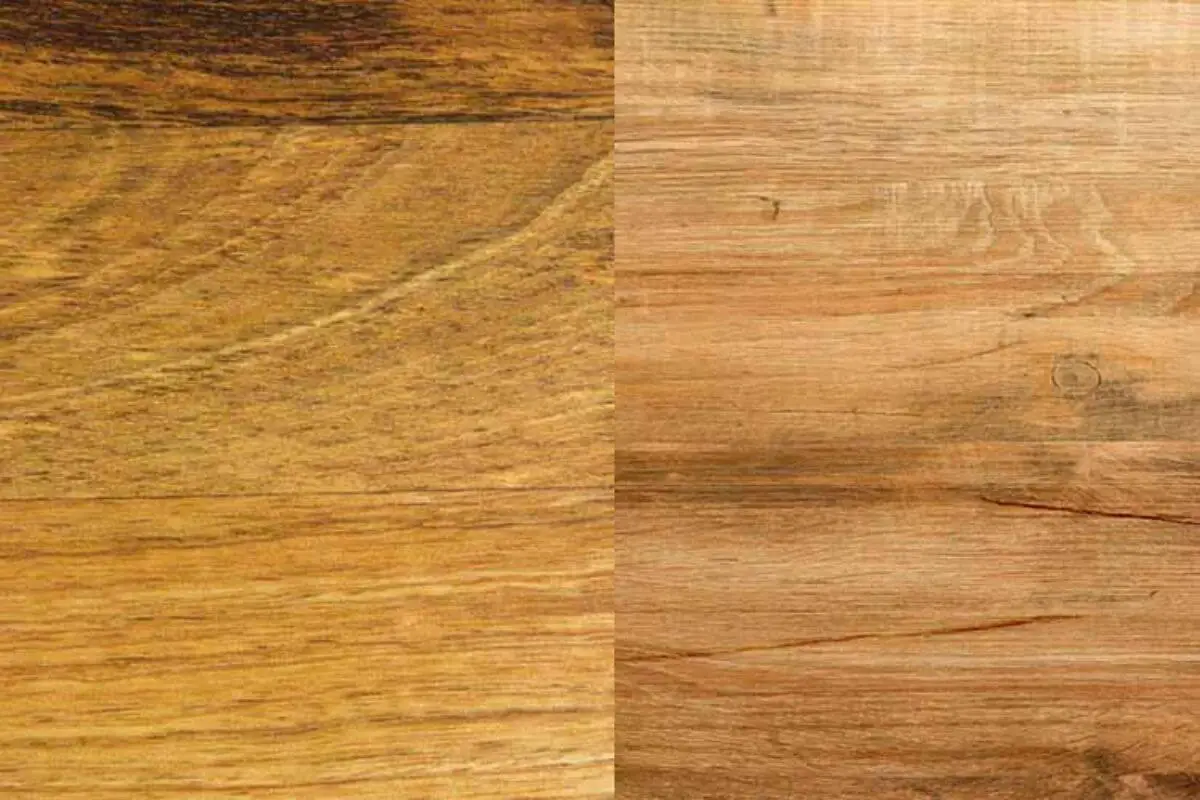Introduction
When it comes to choosing the right wood for your furniture and home decor, the options can be overwhelming. Two popular choices often considered are mango wood and walnut. Both of these woods have unique characteristics and qualities that make them desirable for different purposes. In this article, we will delve into the differences and similarities between mango wood and walnut to help you make an informed decision for your next woodworking project or furniture purchase.
What is Mango Wood?
Mango wood, as the name suggests, comes from the mango tree (Mangifera indica), which is native to South Asia. It is often used for furniture making due to its availability in regions where mango trees thrive. Mango wood is known for its sustainability and attractive grain patterns, making it a popular choice among eco-conscious consumers.
What is Walnut Wood?
Walnut wood, on the other hand, is derived from the walnut tree (genus Juglans), which has several species found across the globe. Walnut wood is renowned for its rich, dark brown color and exceptional durability. It has been a favored wood for high-quality furniture and woodworking for centuries.

Appearance and Color
Mango Wood
Mango wood boasts a unique blend of colors, ranging from pale yellow to golden brown, often with streaks of darker brown or black. This natural variation in color adds character and warmth to furniture and decor items made from mango wood.
Walnut Wood
Walnut wood is celebrated for its deep, chocolate-brown color that tends to darken over time. Its consistent, dark hue exudes an air of luxury and sophistication, making it a popular choice for heirloom-quality furniture.
Grain Pattern
Mango Wood
Mango wood’s grain pattern is typically irregular and can vary significantly from piece to piece. This natural variation adds a rustic and organic charm to furniture, giving it a one-of-a-kind appeal.
Walnut Wood
Walnut wood features a straight, fine grain that is prized for its elegance and simplicity. The straight grain pattern contributes to the wood’s classic and timeless appearance.
Durability
Mango Wood
While mango wood is reasonably durable, it is softer than walnut wood. It is more prone to scratches and dents, making it suitable for less high-traffic areas in your home.
Walnut Wood
Walnut wood is exceptionally durable and resistant to wear and tear. It can withstand heavy use and is less likely to develop visible damage over time.
Sustainability
Mango Wood
Mango wood is considered an eco-friendly choice because it is sourced from mango trees that no longer bear fruit. Using mango wood helps reduce waste and supports sustainable forestry practices.
Walnut Wood
Walnut wood is harvested from mature walnut trees, which take longer to grow and are less sustainable compared to mango trees. However, some suppliers offer responsibly sourced walnut wood.
Cost
Mango Wood
Mango wood is generally more affordable than walnut wood, making it an excellent option for budget-conscious consumers looking for attractive and eco-friendly furniture.
Walnut Wood
Walnut wood is often pricier due to its premium quality and durability. It is an investment for those seeking long-lasting, high-end furniture.
Applications
Mango Wood
Mango wood is ideal for crafting light to medium-weight furniture, such as coffee tables, chairs, and cabinets. Its unique appearance makes it a great choice for adding character to your living space.
Walnut Wood
Walnut wood is perfect for crafting elegant, high-quality furniture pieces, including dining tables, dressers, and bed frames. Its rich color and durability make it a popular choice for heirloom furniture.
Maintenance
Mango Wood
Mango wood requires regular maintenance, including polishing and occasional resealing, to preserve its appearance and protect it from moisture.
Walnut Wood
Walnut wood is relatively low-maintenance, needing only occasional polishing to maintain its lustrous finish.
Conclusion
In the mango wood vs. walnut showdown, both woods have their unique appeal and advantages. Mango wood offers affordability, sustainability, and a rustic charm, while walnut wood exudes luxury, durability, and timeless elegance. Your choice ultimately depends on your budget, design preferences, and the intended use of the wood. Whether you opt for the warmth of mango wood or the classic beauty of walnut, both options are sure to enhance your living space with their distinct qualities.
Frequently Asked Questions
Is mango wood good for outdoor furniture?
Mango wood is not the best choice for outdoor furniture, as it is not as weather-resistant as some other woods. It’s better suited for indoor use.
Can you stain mango wood to change its color?
Yes, you can stain mango wood to alter its color, but it may not achieve the same rich, dark tones as walnut wood.
Is walnut wood sustainable?
Walnut wood is less sustainable than mango wood due to the longer growth period of walnut trees. However, some suppliers offer responsibly sourced walnut wood.
Which wood is better for a kitchen table, mango, or walnut?
Walnut wood is a better choice for a kitchen table due to its durability and resistance to scratches and moisture.
Are there any allergies associated with working with mango or walnut wood?
Some individuals may be allergic to the dust produced when working with both mango and walnut wood. It’s advisable to use proper safety precautions, such as wearing a dust mask, when woodworking with these materials.



